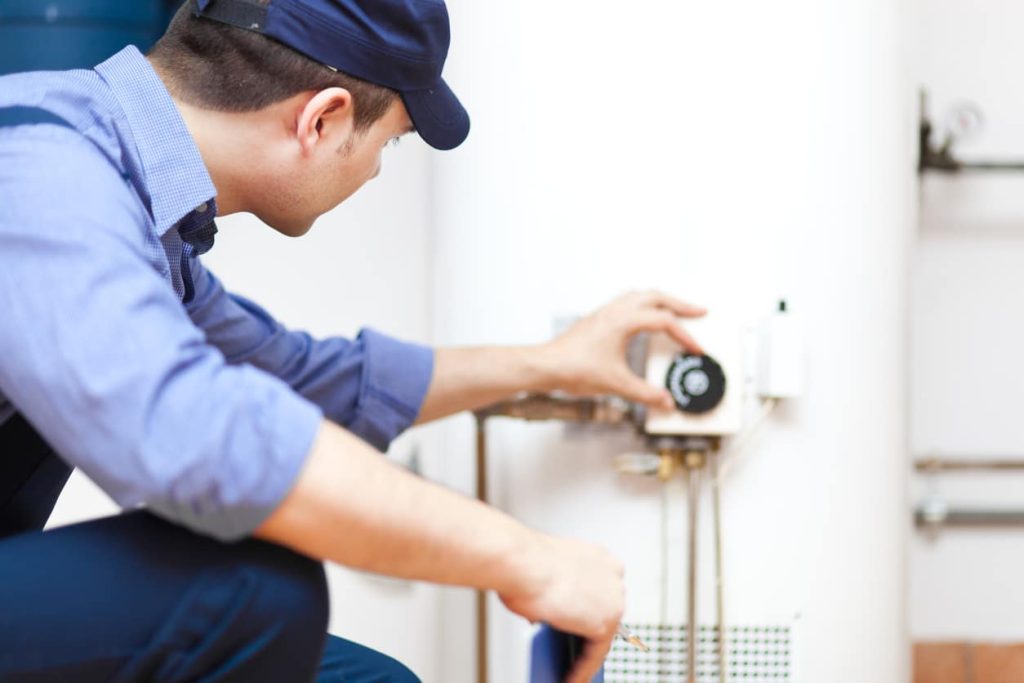A thermostat plays a crucial role in regulating the temperature of our homes and our water. It controls your HVAC system and the temperature of your water, ensuring comfort and energy efficiency. However, like any other device, thermostats can malfunction over time. Recognizing the warning signs of a malfunctioning thermostat is essential to prevent discomfort, energy waste, and potential system damage. This article will explore some common indicators that your thermostat may be malfunctioning.
1. Inconsistent Temperature
If you notice inconsistent temperatures throughout your home or your water isn’t very hot, it could indicate a faulty thermostat. For instance, you may set the thermostat to a specific temperature, but certain areas feel colder or hotter than desired. This inconsistency may indicate that the thermostat is not effectively communicating with the heating or cooling system, leading to an uneven temperature distribution.
2. Constant Cycling
When a thermostat functions correctly, it turns on the heating or cooling system as needed and maintains a steady temperature. However, if you observe frequent and unnecessary cycling of your HVAC system, it could be due to a malfunctioning thermostat. This continuous cycling compromises your comfort, increases energy consumption, and places unnecessary strain on the equipment.
3. Unresponsive Controls
An unresponsive thermostat is another red flag. It indicates a potential malfunction if you adjust the temperature settings but notice no change in the actual temperature or the HVAC system does not turn on/off as expected. Wiring problems, sensor malfunctions, or a faulty control panel might cause this issue. It is crucial to address this promptly to avoid further complications.
4. Incorrect Temperature Readings
A malfunctioning thermostat may display inaccurate temperature readings. You may find that the thermostat shows a significantly different temperature from what you perceive in your home or your water. This discrepancy can lead to discomfort and inefficient heating or cooling. Regularly check the displayed temperature against a reliable thermometer to ensure the thermostat provides accurate readings.
5. Failure to Maintain Set Temperature
If you set your thermostat to a specific temperature but notice that it fails to maintain that set temperature, it indicates a problem. The thermostat may not effectively control your HVAC system or your water heater, resulting in temperature fluctuations. This issue can strain your water heater or HVAC equipment, impact energy efficiency, and compromise comfort levels.
Our Services
A properly functioning thermostat is crucial for maintaining a comfortable and energy-efficient home environment. By paying attention to the warning signs mentioned above, you can identify a malfunctioning thermostat and take the necessary steps to rectify the issue. If you experience any of these indicators, it is advisable to consult a professional who can diagnose the problem and recommend the appropriate solution. Addressing thermostat malfunctions can save you from discomfort, excessive energy bills, and potential damage to your water heater or HVAC system.
Contact JW’s in Indianapolis, IN for any water heater/repairs.





